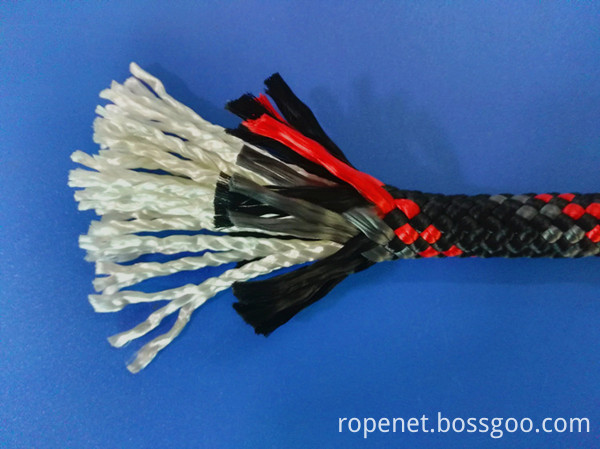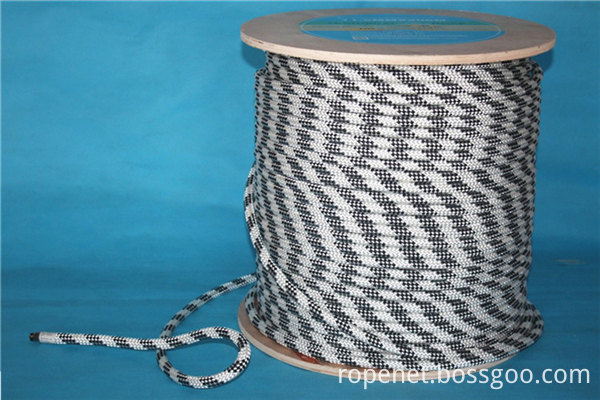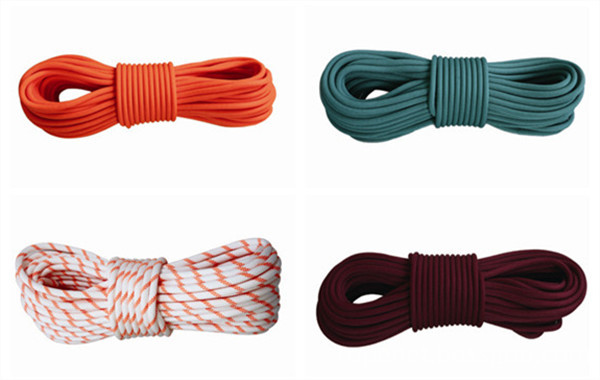The decolorization phenomenon mentioned in this paper does not mean the phenomenon of poor adhesion due to the film tension problem. Decolorization and anti-adhesion are generally a phenomenon that occurs after printing with surface printing inks, and decolorization and anti-adhesion have the same factors. It is the anti-adhesion that occurs. Under a certain environment, the pattern of the printed surface is adhered to the unprinted film, giving a feeling of decoloration, and it should be specifically analyzed as a printing company.
At present, the plastic printing inks produced by China's ink production plants generally use polyamide resin as the linking material. The melting point of this resin is between 105°C and 115°C. That is to say: The resin is produced using this resin. After the ink is printed, the temperature of the ink layer on the surface of the printed matter is about 60°C-70°C. If the printing company finds that the decolorization phenomenon occurs in the sealed type of transportation, the decolorized printing products are all in the bottom layer.
The main reasons for this phenomenon are: the temperature resistance and formulation problems of the ink itself, which will cause the product to print under a certain pressure, with the high temperature reaching or exceeding the temperature resistance of the resin. Overprinting and decolorization may also occur in warehouses with high stacking, especially during the rainy season, with more time between March and June. During this time, the printing plant should strengthen the ventilation of transportation and warehouses to avoid high temperatures. Secondly, it can propose improvement opinions to the ink production plant. Ink manufacturers can make adjustments according to the requirements of the printing factory.
Another phenomenon occurs after printing is rolled up. When carrying out the second process of bag making or slitting, the rolled-up printed product was pulled apart, and anti-adhesion and discoloration were found. The reasons were:
First, the tension is too tight when winding up.
Second, the printed product is not drying enough.
Third, the mixed solvent impure, especially toluene mixed with odorous benzene and so on.
Solution:
First, adjust the appropriate winding tension.
Second, strengthen the wind and increase the drying temperature.
Third, the detection of solvent purity.
The third phenomenon has nothing to do with anti-adhesion and discoloration, but it often gives people a feeling that it is bleaching, that is, a well-made packaging bag. The color on the surface of the packaging bag that has been stacked or packaged is transferred to another. On the back of a bag (with or without printing) this phenomenon only occurs with purple or very few colors.
The main reason for this is color penetration, that is, when the ink is printed with this color, the printed product is subjected to a certain time, pressure or other special circumstances, such as a PE bag for packaging clothing (using a table printing ink In India) Infiltration will soon appear. In this issue, the ink production plant is generally mentioned in the product specification or notes when selling products, such as temperature resistance, permeability, etc. Printing manufacturers should understand the characteristics of the various inks before they can avoid unnecessary losses.
Static Rope
Static rope is mainly applied with caving, rescue, industry lifting, high place work, and high altitude downhill. It is High strength, abrasion resistant. It can be used as Static rope, Safety Rope, caving rope, industry lifting rope, Rescue Rope, Escape Rope, protective cap rope, Climbing rope, rope climbing, rock climbing rope, climb rope, Climbing Rope for sale, mountain climbing rope.
Description of Static Rope
Static rope is of double-layer structure. Sheath is made of woven nylon 6 fibers, to protect the inner core, decrease the overall abrasion, and to increase the strength. Inner core is three parallel twisted twins composed of a certain number of nylon 66 fibers, to meet the requirements of ultra-low static elongation, and most importantly ensure the utilization rate of the strength.
UL Certification is North America standard. Comply with NFPA1983-2012 standard, mean Standard on life safety rope and equipment for emergency services. Certificated by UL (Underwriter Laboratories Inc)
|
Structure Performance |
|
|
Material |
Polyamide Fiber(Nylon Fiber) |
|
Structure |
Double layer structure with sleeve and core |
|
Color |
White with black(or customized) |
|
Static elongation |
between 1% and 10 %( 10% broken strength) |
|
Volume Density |
1.14g/Cubic cm |
|
Melting Point |
215 degree centigrade |
|
Ware-resistance |
Well |
|
UV & Heat Resistance |
Good |
|
Wet and Dry Strength |
Wet strength 5% slightly lower than dry strength |
|
Linear Density Tolerance |
±5% |
|
Diameter Tolerance |
±2% |




If you have any questions, pls send email to us directly.
Static Rope
Static Rope,Static Nylon Rope,Static Climbing Rope,Outdoor Sport Static Rope
ROPENET GROUP CO.,LTD , http://www.cnparacord.com